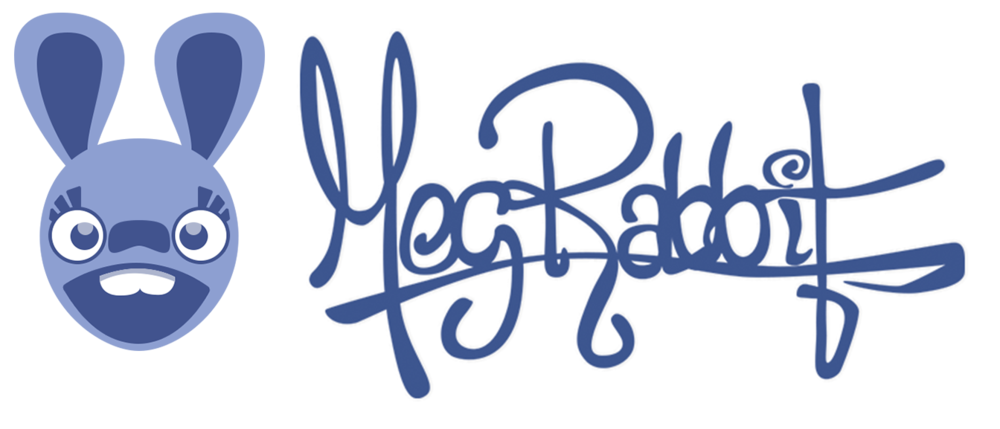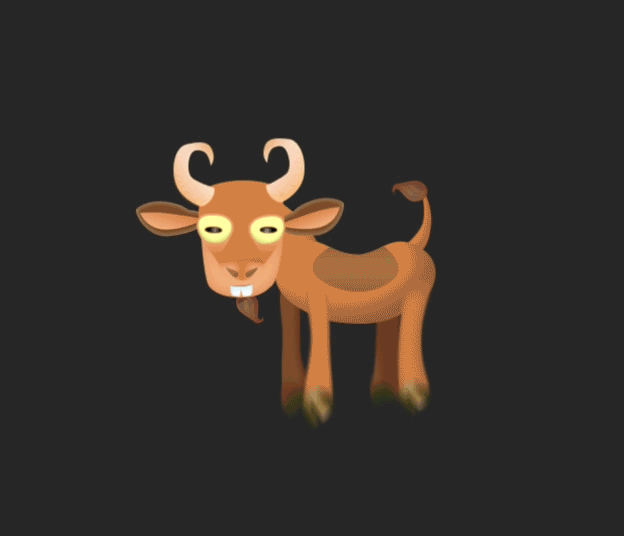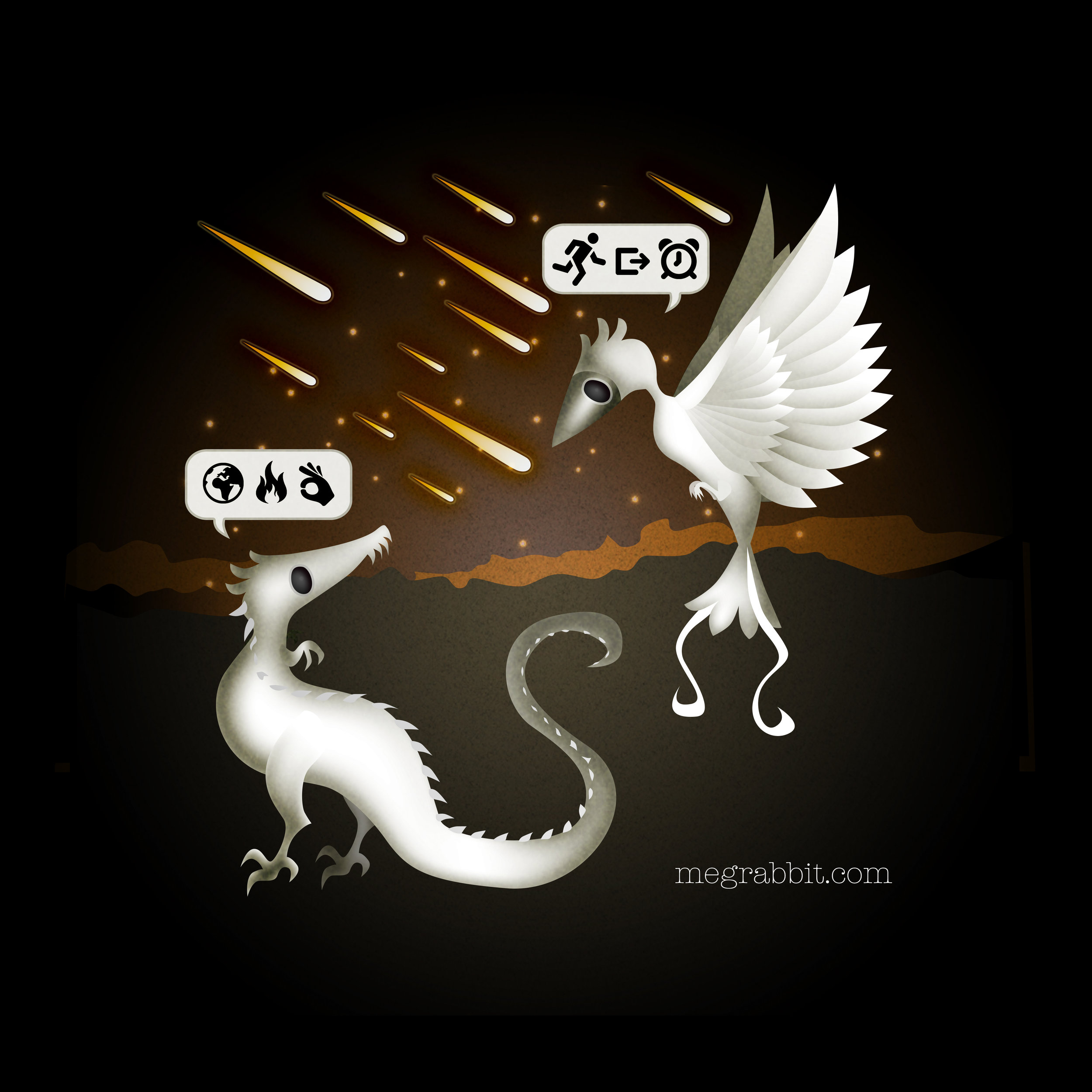Ludum Dare is the original, and also easily the largest, game jam in the world. A game jam is a challenge to make a game from start to finish in a super short time period, usually 48 - 72 hours, depending on the size of your team and the scope of the theme.
In past years, I've participated in Peg Jam, our local game jam, and even hosted a few jams in our office for new students looking for work experience. It's a great way to evaluate a new team's strengths and weaknesses, and it can be a real forcing factor when you're trying to learn new skills really fast.
Our completed LD game.
Ludum Dare has been happening 3 times a year for the past 16 years, and last weekend's event was the 41st round. Themes are proposed by participants and voted on, and the winning theme is announced as soon as the event starts and your time starts ticking. The theme this time was 'Combine Two Incompatible Genres', which took our team a while to wrap our heads around. Luckily we have a wide breathe of experience, and we each had a clear idea what we wanted to get out of the weekend.
After 72 hours, we'd created a game that the combined random number generation of a card game with the intense concentration of a rhythm game. If you have a few minutes to kill, you can play our game here: https://megrabbit.itch.io/flower-hero
The Process
This 2D mockup was super useful in communicating the asset requirements, timing, and gameplay structure.
Making a fairly polished game in 72 hours involves a lot of multitasking and team communication. While Curtis Wachs worked on the actual game development, I created a workable UI and game elements. Alistair Croll created all the music and after being taught to make the scroll generation images (which are what we used to time the assets to the music), he did those too. Liem Nyugen worked across town making the 3D models and animations of the characters I designed for us.
As a team, we all came to this project wanting to learn specific things. Curt and I are releasing Unity support on our own software platform in a few months, so we wanted to practice our workflow on a non-critical project.
Alistair's been wanted to practice with his Push for a while now, and has always wanted to design sound for a game using Ableton. In the end he produced 4 songs and the menu screen loop in 3 days. Liem just loves making 3D art for mini-games and wanted to be part of a Ludum Dare project. Plus he's a superstar and he can whip out amazing 3D animations in his sleep.
Takeaways
My personal takeaways included learning how to:
- Co-develop a shared Unity comp
- Export elements as a package
- Export the project for HTML5
- Create scriptable objects and prefabs
I'm a pretty huge fan of Ludum Dare. Our game received great feedback, and while we normally wouldn't probably pursue making this game into anything bigger, some of the feedback is actually so good we want to implement it just to see what happens. The community is incredibly supportive. I was worried that the amount of graphic polish we brought to our game would earn us criticism, since an overwhelming majority of Ludum Dare participants are developers, and developer art is absolutely celebrated and encouraged, but this was not the case. The feedback we received was universally considerate and thoughtful.
If you're running a design or game studio, and at least one of your team members can (or would like to learn how to) develop simple games using pretty much any platform (participants in this round received Game Maker Studio for free if they wanted it), you can't really beat Ludum Dare as a positive team building activity.














